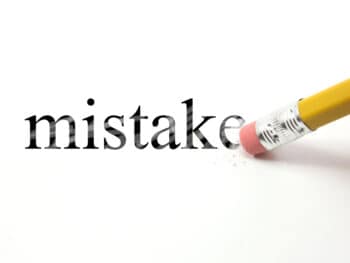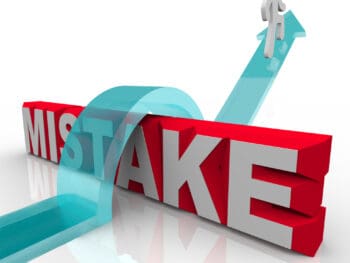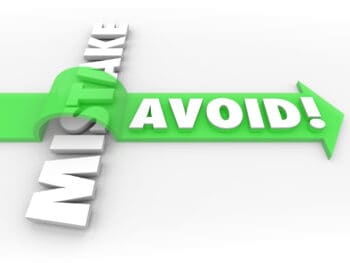
Most injured employees don’t get an attorney because they want to get more than they deserve. Most employees call lawyers because of an inadequate level of communication between the employer and the employee. Plaintiffs’ lawyers say that injured employees call them because they cannot get answers about their benefits from their employers. When there is an adequate exchange of information between the employer and the employee, the employee might not see the need to hire an attorney.
Employers should create a workplace that fosters and expects ongoing communication. The level and quality of communications will often make a difference in the final outcome of the workers’ comp claim.
Here are some ways that you can proactively communicate with your employees:
Employee Brochures
Having a clear and simple brochure about workers’ comp is an easy way to communicate with employees from their first day of work. A “What to Do in Case of An Accident” brochure should be posted throughout the worksite and sent to every employee annually. Some areas that a brochure should cover are:
• What type of injuries are covered
• What type of benefits are available such as medical expenses, lost wages, medication, and mileage
• How benefits are received
• Who to call with questions
Safety Training
Keep employees informed of their responsibilities through safety training. Supervisors should reinforce these requirements through regular meetings and safety plan training at the start of every new project. This injury prevention and post-injury response training is crucial to ensuring the best possible outcomes for the employee and the employer when an injury occurs.
Click Link to Access Free PDF Download
“13 Research Studies to Prove Value of Return-to-Work Program & Gain Stakeholder Buy-In.”
Employer’s Communication Most Important
The key to good communication is the employer having a designated communication contact. This responsible employee is the primary contact point who takes charge of immediate contacts and keeps the communication loop flowing. Having one key, easy-to-reach contact person makes it much easier for an injured employee to keep in touch. Employers should not make injured employees make numerous calls to different departments or people to repeat the same information. The contact person should be patient and kind while an injured employee who may be in pain or shock describes unfamiliar medical procedures, medications, and treatment.
All your employees, managers, and supervisors must know this key contact person’s name and phone number. Ensure the key contact’s name and contact information are posted prominently in the brochure, policy manuals, workers’ compensation communications, and employee bulletin boards.
FREE DOWNLOAD: “13 Research Studies to Prove Value of Return-to-Work Program & Gain Stakeholder Buy-In”
Informal Communications
Informal communication includes telephone conversations and face-to-face conversations. Informal communications also include any voice mail or get-well cards sent to the employee. These forms of communication should also be patient and kind so that the injured employee feels a level of caring and concern about their wellbeing.
During Recovery
The employer should remain in contact with the employee throughout the recovery process. The best way to do this is via a weekly scheduled phone call or having the employee call in after each medical visit. Some employers have on-site weekly meetings, if the injured worker is able so that the employee continues to feel connected to the workplace and can sign any necessary paperwork. The information discussed in these contacts allows the employer to more efficiently respond to the injured employee’s concerns.
 Author Michael Stack, CEO Amaxx LLC. He is an expert in workers’ compensation cost containment systems and helps employers reduce their workers’ comp costs by 20% to 50%. He works as a consultant to large and mid-market clients, is a co-author of Your Ultimate Guide To Mastering Workers Comp Costs, a comprehensive step-by-step manual of cost containment strategies based on hands-on field experience, and is the founder & lead trainer of Amaxx Workers’ Comp Training Center, which offers the Certified Master of Workers’ Compensation national designation.
Author Michael Stack, CEO Amaxx LLC. He is an expert in workers’ compensation cost containment systems and helps employers reduce their workers’ comp costs by 20% to 50%. He works as a consultant to large and mid-market clients, is a co-author of Your Ultimate Guide To Mastering Workers Comp Costs, a comprehensive step-by-step manual of cost containment strategies based on hands-on field experience, and is the founder & lead trainer of Amaxx Workers’ Comp Training Center, which offers the Certified Master of Workers’ Compensation national designation.
Contact: mstack@reduceyourworkerscomp.com.
Workers’ Comp Roundup Blog: https://blog.reduceyourworkerscomp.com/
©2021 Amaxx LLC. All rights reserved under International Copyright Law.
Do not use this information without independent verification. All state laws vary. You should consult with your insurance broker, attorney, or qualified professional.











